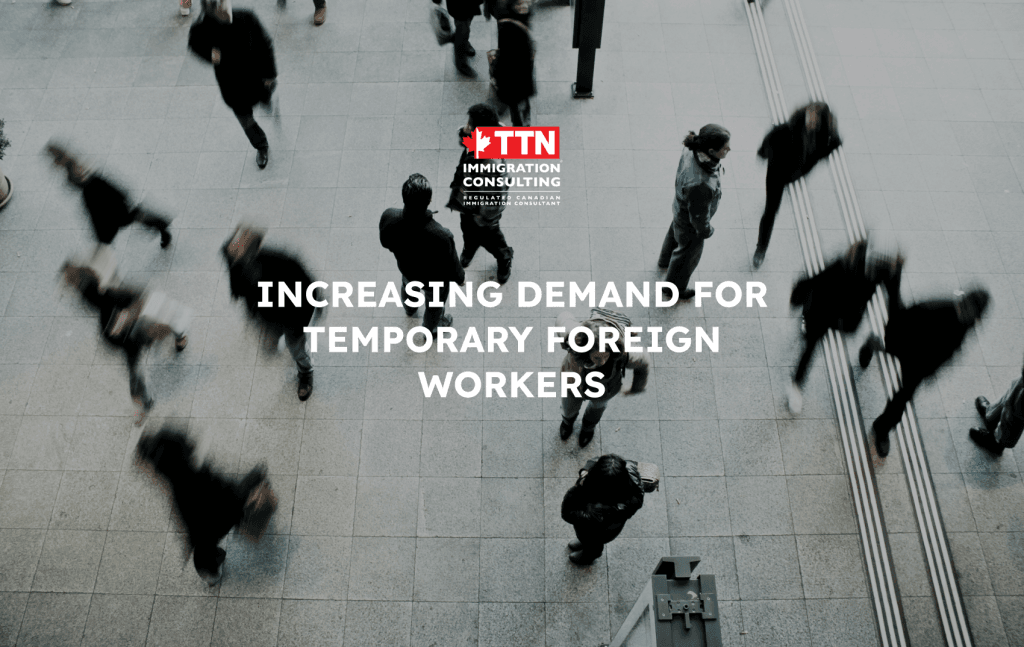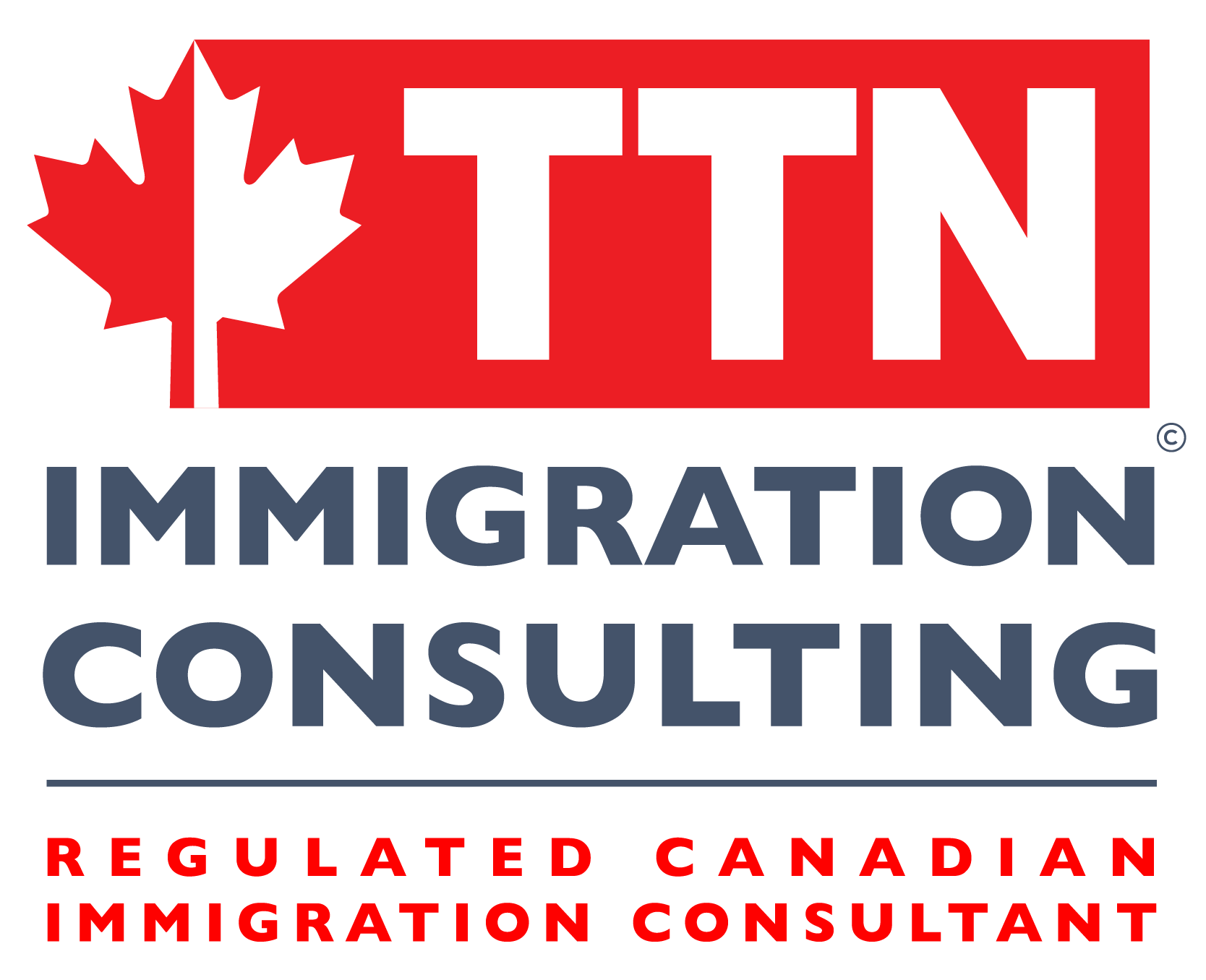Increasing demand for temporary foreign workers in various Canadian industries

Employment and Social Development Canada (ESDC) reports a significant increase in the number of temporary foreign workers (TFWs) approved to work in Canada, doubling in the past five years. In 2023, employers were authorized to hire nearly 240,000 TFWs (239,646), compared to just 108,988 TFWs in 2018.
This data specifically includes TFWs with closed work permits, which require a Labour Market Impact Assessment (LMIA). The total number of foreign nationals working in Canada is even higher, due to the presence of Open Work Permit.
This upward trend has been consistent since at least 2016, except for a dip in 2020 due to the COVID-19 pandemic. In 2016, ESDC data showed that employers were approved to hire just over 90,000 TFWs (90,314).
It’s important to note that while the number of TFW approvals is rising, this does not necessarily mean there are more TFWs working in Canada. The data reflects an increasing number of employers seeking to hire TFWs to fill job vacancies, but it does not account for cases where employers might later decide not to hire a TFW.
Overall increase in approvals for temporary foreign workers throughout Canada
The following data outlines the number of positions approved to be filled by TFWs across Canada since 2016.
| 2016 | 2017 | 2018 | 2019 | 2020 | 2021 | 2022 | 2023 |
|---|---|---|---|---|---|---|---|
| 90,314 | 98,146 | 108,988 | 130,457 | 125,279 | 133,196 | 222,847 | 239,646 |
The increase in TFW approvals by industry
Additionally, further data reveals that these 10 industries have experienced the highest percentage increases in TFW approvals from 2018 to 2023. Note: Each occupation listed will include its National Occupation Classification (NOC) 2021 code.
| Occupations | NOC Code 2021 | 2021 Approvals | 2023 Approvals | % increase |
|---|---|---|---|---|
| Nurse aides, orderlies and patient service associates | 33102 | 16 | 2,514 | 15,613% |
| Food counter attendants, kitchen helpers and related support occupations | 65201 | 170 | 8,333 | 4,802% |
| Construction trades helpers and labourers | 75110 | 132 | 5,353 | 3,955% |
| Light duty cleaners | 65310 | 201 | 3,043 | 1,414% |
| Administrative assistants | 13110 | 287 | 3,337 | 1,063% |
| Retail sales supervisors | 62010 | 570 | 2,999 | 426% |
| Transport truck drivers | 73300 | 1,584 | 7,297 | 361% |
| Food service supervisors | 62020 | 2,358 | 10,409 | 341% |
| Cooks | 63200 | 3,162 | 11,977 | 279% |
| Fish and seafood plant workers | 94142 | 1,556 | 4,529 | 191% |
Why is this increase occurring?
Data from Immigration, Refugees and Citizenship Canada (IRCC) indicates that in 2023, temporary residents comprised 6.2% of Canada’s population, totaling up to 2.5 million people.
For comparison, Statistics Canada reported last year that the 2021 Census included 924,850 non-permanent residents (NPRs), accounting for 2.5% of Canada’s total population. Notably, among these NPRs, 40.1% held only a work permit, while an additional 14.2% had both a work permit and a study permit at the same time.
This increase, observed both last year and over the past five years, is largely due to temporary measures implemented by the Canadian government to alleviate labour market conditions, particularly during the pandemic.
In other words, many Canadian employers, particularly those filling low-wage positions prevalent in The Temporary Foreign Worker Program (TFWP), struggled to fill vacant roles. In response, the government increased the number of TFWs permitted to work in Canada.
During the pandemic, several changes were made to the TFWP, including:
- Exemptions allowing TFWs to continue traveling to Canada
- Extended validity periods for some LMIAs
- Expedited processing of certain applications for TFWP
However, according to Employment Minister Randy Boissonnault, with Canada now experiencing a different economic landscape where “the gap between unemployment and job vacancies is closing,” the government has determined that “some of these measures are no longer necessary.”
As a result, Canada announced in March of this year a series of changes to the TFWP aimed at stabilizing the number of TFWs in the country.
“We want every new family and resident to be set up for success and to have access to the services they need, while ensuring a well-managed, sustainable immigration system based on needs,” said Immigration Minister Marc Miller. He further noted that Canada is “targeting a reduction in our temporary resident population to 5% over the next three years.”
*This target is based on the 6.2% of Canada’s population comprised of TFWs in 2023.

